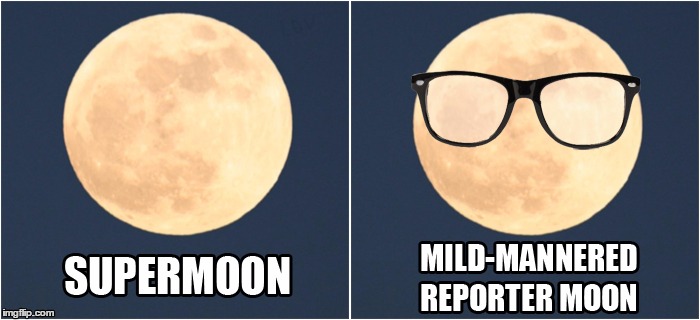Page 1 of 1
APOD: Meteors vs Supermoon (2016 Dec 16)
Posted: Fri Dec 16, 2016 5:11 am
by APOD Robot
 Meteors vs Supermoon
Explanation: Geminid meteors
Meteors vs Supermoon
Explanation: Geminid meteors battled supermoonlight in planet Earth's night skies on December 13/14. Traveling at 35 kilometers (22 miles) per
second, the bits of dust
from the mysterious asteroid 3200 Phaethon that produce the meteor streaks are
faster than a speeding bullet. Still, only the brightest were visible during the long night of 2016's final
Perigee Full Moon. Captured in exposures made over several hours, a few meteors from the shower's radiant in Gemini can be traced through this composite nightscape. With stars of Orion near the horizon, the overexposed lunar disk illuminates still waters of the Miyun reservoir northeast of Beijing, China.
[/b]
Re: APOD: Meteors vs Supermoon (2016 Dec 16)
Posted: Fri Dec 16, 2016 2:19 pm
by Ann
I like this image! I like the faint meteor streaking across the brilliantly moonlit sky.
As a color commentator, I strongly approve of the bright blue night sky. The moonlit night sky is indeed blue, and it is brighter the brighter the Moon is shining. A Supermoon ought to paint the sky very blue indeed!
The sky behind the two Moons at left isn't very blue at all... but I couldn't resist.
Ann
Re: APOD: Meteors vs Supermoon (2016 Dec 16)
Posted: Fri Dec 16, 2016 2:40 pm
by neufer
Re: APOD: Meteors vs Supermoon (2016 Dec 16)
Posted: Fri Dec 16, 2016 5:19 pm
by Ihviyvuyfuygi
Just wondering, How could you take exposure for several hours but the moon was not move/stay still?
Re: APOD: Meteors vs Supermoon (2016 Dec 16)
Posted: Fri Dec 16, 2016 5:33 pm
by Chris Peterson
Ihviyvuyfuygi wrote:Just wondering, How could you take exposure for several hours but the moon was not move/stay still?
The way I'd shoot an image like this would be to start with a large set of sequential images, say with 30-second exposures. Then, I'd find all the ones that had meteors in them and erase the background around the meteors. Then I'd stack all those meteor images over the single full landscape image that I found most aesthetic in the sequence. If I was trying to be as accurate as possible, I'd also have my camera on a tracking platform so that the position of the radiant in the frame didn't change over the several hours of data collection. In that case, the sky would be largely stationary (the Moon would move a bit, but it probably wouldn't be apparent with the overexposure), and all you'd need to do would be to cut the landscape part out of all but one image.
 Meteors vs Supermoon
Meteors vs Supermoon

